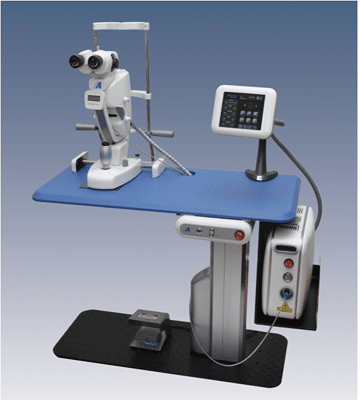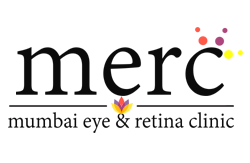
Retina Laser Treatment
- For treating retinal diseases the most commonly used laser is the green LASER/ retina laser (532nm, double frequency Nd:YAG Laser)
- The word LASER is an acronym for Light Amplification by Stimulated Emission of Radiation. The first LASER was built in 1960 by Theodore H Maiman.
- A LASER is nothing but light with some special properties like being highly focussed and in sync which helps the laser form a sharp point with very high energy levels
- There is a common misconception among patients that in the eye, LASER means correction of numbers and removal of glasses. however, this is far from true
- Different types of lasers are used for treating different eye diseases. Only some LASERs are used for the correction of numbers or the more commonly understood LASIK operation. These LASERS work by changing the shape of the cornea (Photoablation LASER).
- Some lasers are used for cleaning membranes behind IOLs (photodisruptive laser) and some for treating retinal diseases (photocoagulating lasers)
- Different LASERS have different properties, mainly dictated by their wavelengths or colour.
The Amogh Green Laser:
- Our clinic is equipped with one of the latest green laser machines marketed in India by Appasamy associates.
- The machine is originally developed in Spain
- It has the best in class 3 watt laser cavity and an extremely ergonomic design for greater patient comfort.
Uses/Indications of Retina Laser:
- Treatment of diabetic retinopathy
- Treatment of retinal tears
- Treating weak retinal areas before LASIK surgery
- Treating vascular occlusions
- Treating Central Serous Retinopathy (CSR)
- and many others
Procedure of Retina Laser/ Green Laser:
- Retinal lasers are usually done in the Out Patient Department (OPD) basis
- NO ADMISSION IS NEEDED
- Patients can walk out of the clinic almost immediately after the procedure
- A drop or 2 of an anaesthetic solution may be instilled in the eye prior to the procedure to numb (anaesthetise) the cornea after which a focusing lens is placed over the eye. the doctor the treats the affected area with green laser light and the focusing lens is removed.
- Another method of doing the LASER is by wearing a headband and using a non-contact lens to focus the laser. different methods are used for different indications
Post Procedure Care:
- As the laser is just light entering the eye, there is no cut/wound or opening in the eye
- The patients can immediately wash their face/eyes and there are no post-procedure restrictions
- The doctor may/may not start eye drops depending upon the indication of LASER
